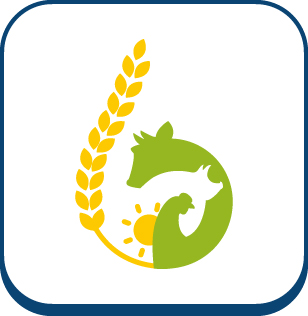Genetic and epigenetic selection signatures from pool sequencing experiment
Ajouter à ma liste
Auteurs :
Eynard SE, Donnadieu C, Flatrès-Grall L, Iampietro C, Lagarrigue S, Leroux S, Lledo J, Mercat MJ, Riquet J, Vandecasteele C, Pitel F, Servin B
It is known that natural or artificial selection drives genome evolution. However, little is known about the effect of selection on epigenetic marks through time. It appears crucial to be able to integrate factors driven by the environment in our standard selection models, in the current context : adaptation to climate change, evolution of breeding conditions to better address contemporary challenges encompassing animal resilience, health, welfare, reduced resource use and environmental impact. Livestock species, bred under controlled conditions, traced throughout history and of large population size across many generations, offer a unique opportunity to trace the evolutionary trajectory of genetic and epigenetic patterns over time. For this study, we have access to 15 generations, representing over two decades, of selection for a sino-european pig breed. Sperm samples were collected and sequenced for more than 150 individuals, this tissue contributing significantly to the passing of genetic and epigenetic information between generations. To obtain both genetics and epigenetics information in a unique experiment and without DNA denaturation, samples were sequenced using the Oxford Nanopore Technology (ONT) PromethION instrument. We thus obtained an extensive data set providing information for more than 20 millions genetic variants with on average 30X coverage and for about 30 millions CpGs sites. Using statistical approaches based on Hidden Markov Models of the evolution of allele frequencies we identified genetic regions for signature of selection in the breed. In addition, using standard packages (e.g. DSS and edgeR), we identified differentially methylated regions across generations. We are currently developing a statistical framework to identify and cluster evolution patterns of CpGs sites and islands throughout the genome, with the aim to identify selection signatures on epigenetic marks. We aim to also correlate genetic and epigenetic selection signatures to identify regions where epigenetic changes are driven by genetic changes or independent of them. In fine we aspire to contribute to a better understanding of the impact of environmental changes on epigenetic marks throughout time and its relationship with selection undergone by the population. In the long term, our results will contribute to a more accurate accounting for the missing, non genetic, heritability in selection decisions.
Fiche technique
Titre :
Genetic and epigenetic selection signatures from pool sequencing experiment
Date sortie / parution :
2025
Référence :
Biology of Genomes, 6-10 mai 2025, Cold Springs, Etats-Unis








